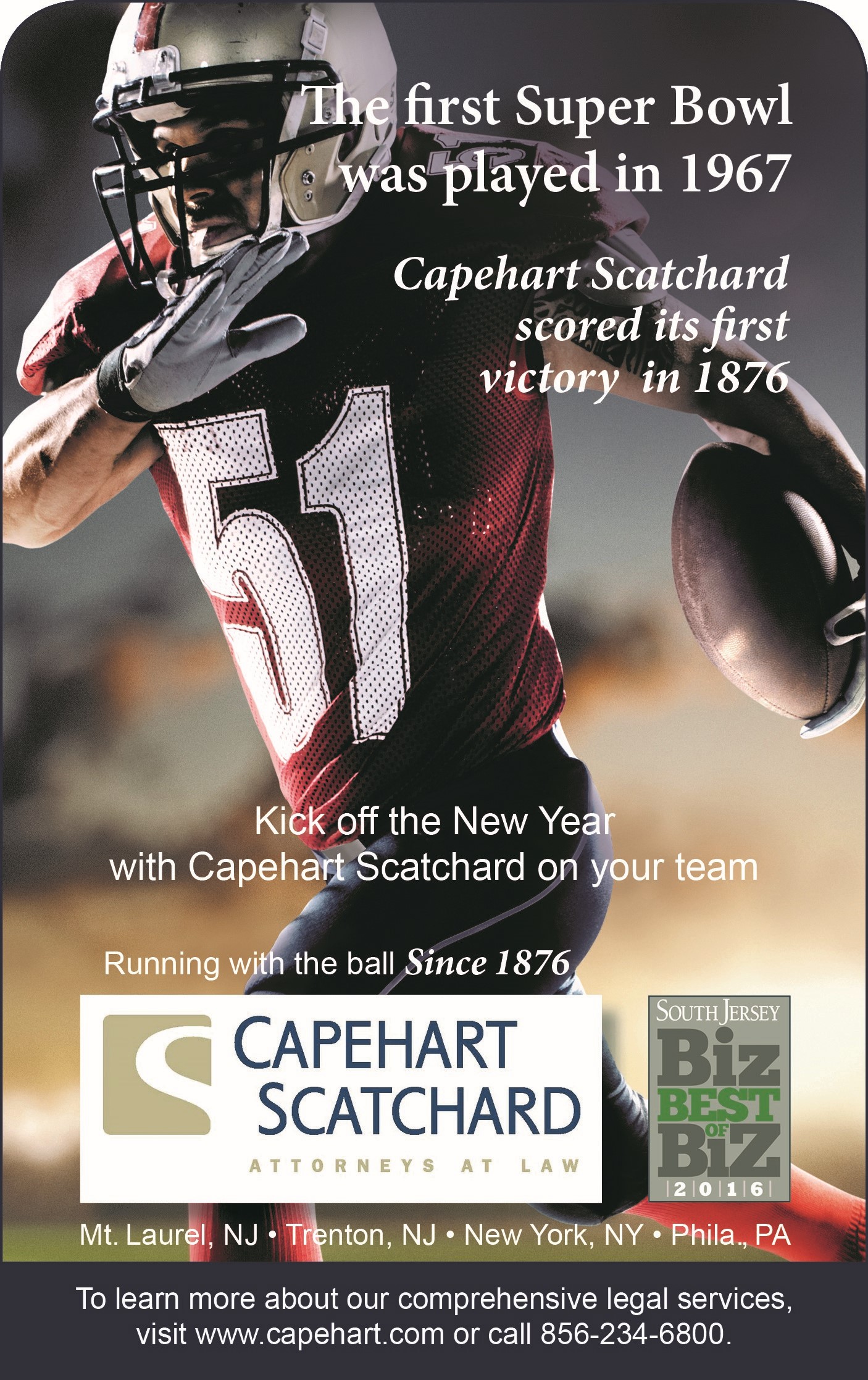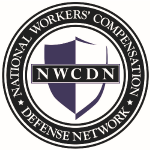Appellate Division Finds Employee Status, Not Casual Employee Or Independent Contractor Status
Michael Savio was injured on a job site on June 1, 2006. He stated that he worked for Matthew Giambri for four weeks on two job sites, pouring concrete on one site, and doing plumbing work on the other site. Giambri paid him $150 per day to pour concrete; otherwise, he paid him $100 to $125 per day.
On the day of the accident, Giambri picked up Savio from his home and drove him to a job site. His job that day was to tear off siding on a home. Savio testified that Giambri pointed out what he had to do and then left. He said he had his own tools but there was no evidence that he used them on the job site. He brought no materials with him as everything he needed was there.
After Savio removed the siding, he descended from a ladder which broke, causing Savio to fall two-and-a-half stories and injure his spine. He treated for four years for the injury and was never able to resume construction work. Petitioner filed a petition asserting that he was employed by Giambri, and his employer asserted that he was an independent contractor or a casual employee and therefore not protected by workers’ compensation laws.
The Judge of Compensation and the Appellate Division found that petitioner was an employee. The opinion of the Appellate Division is interesting because the court reviewed 12 factors outlined in the case of Estate of Kotsovska, ex rel. Kotsovska v. Liebman, 221 N.J. 568 (2015).
- The first factor is the employer’s right to control the means and manner of work performance. The court found that there was evidence that Giambri provided instruction in what to do and how to remove the siding, as well as materials to do the job. The court felt it insignificant that Giambri left the work site while the siding was removed. The court also said that the “control” factor carries less weight than other factors;
- The court felt that the second and third factors had minimal significance in this case. They involve supervision necessary over the job and skills to perform the job. The court agreed with the Judge of Compensation that Savio had the skills and required little direction;
- The fourth factor pertains to who furnishes equipment, and this was clearly in Savio’s favor;
- The fifth factor involves the length of time a worker performs duties for the alleged employer. In this case the court felt that four weeks was sufficient.
- The sixth factor relates to the method used to pay the alleged employee. Here Savio was paid by cash or personal check, and Gambri gave him a W-2 form at the end of the year. This also favored employment;
- The seventh factor focuses on the manner in which the work relationship terminated. In this case the petitioner could not return to work because of his injury.
- The eighth, tenth, and eleventh factors pertain to benefits: annual leave, retirement benefits, and payment of Social Security taxes. There was no evidence in this case regarding these factors.
- The ninth factor focuses on whether the alleged employee’s work is an integral part of the employer’s business. “Here, the judge found Giambri was a contractor who employed laborers to perform services on his behalf and, thus, the work Savio performed was an integral part of Giambri’s business.”
- Lastly, the twelfth factor examines the intentions of the parties. The Appellate Division believed that there was a relationship consistent with an employer and employee, even if there was no documentation expressing intention.
The Appellate Division felt that the vast majority of these factors favored employment status and affirmed the decision of the Judge of Compensation. The case is very helpful in resolving disputes of this nature by providing a framework to analyze similar situations. It can be found at Savio v. Giambri, A-0701-15T1 (App. Div. July 12, 2017).









Connect with Capehart Scatchard